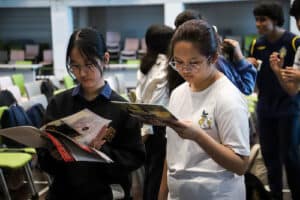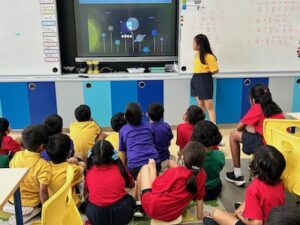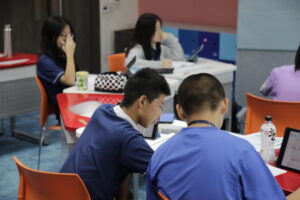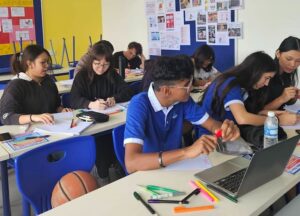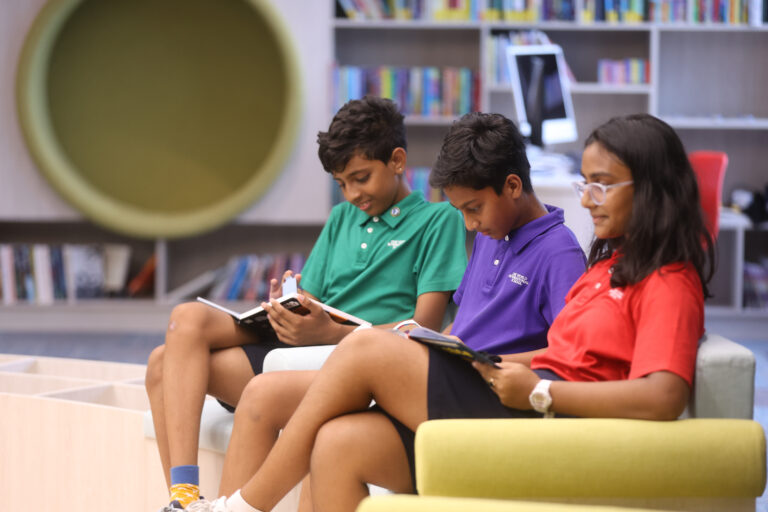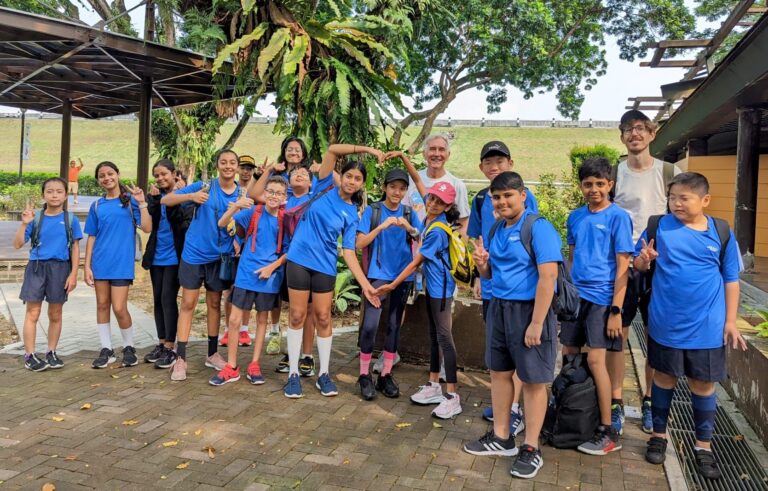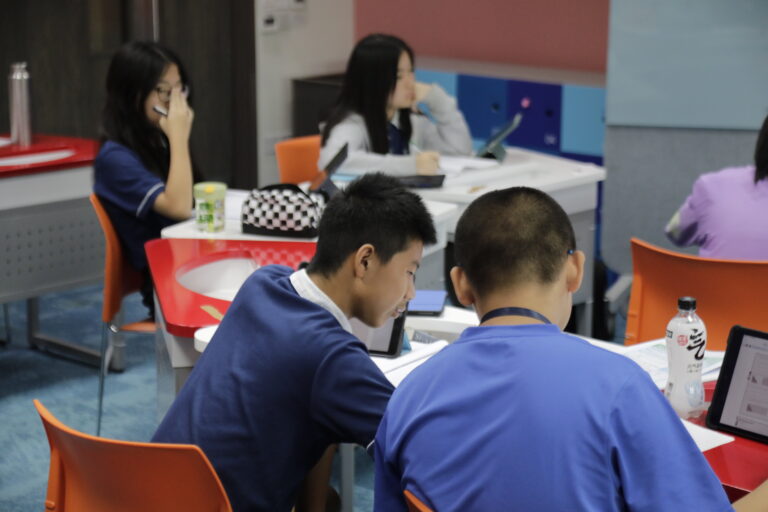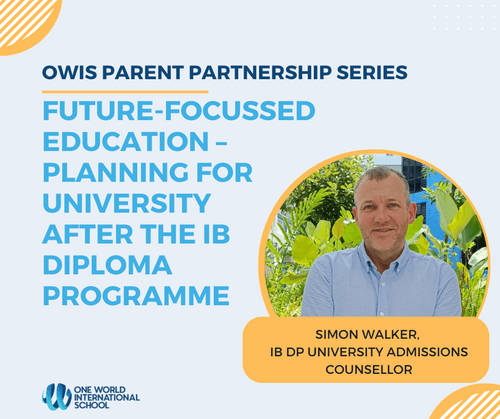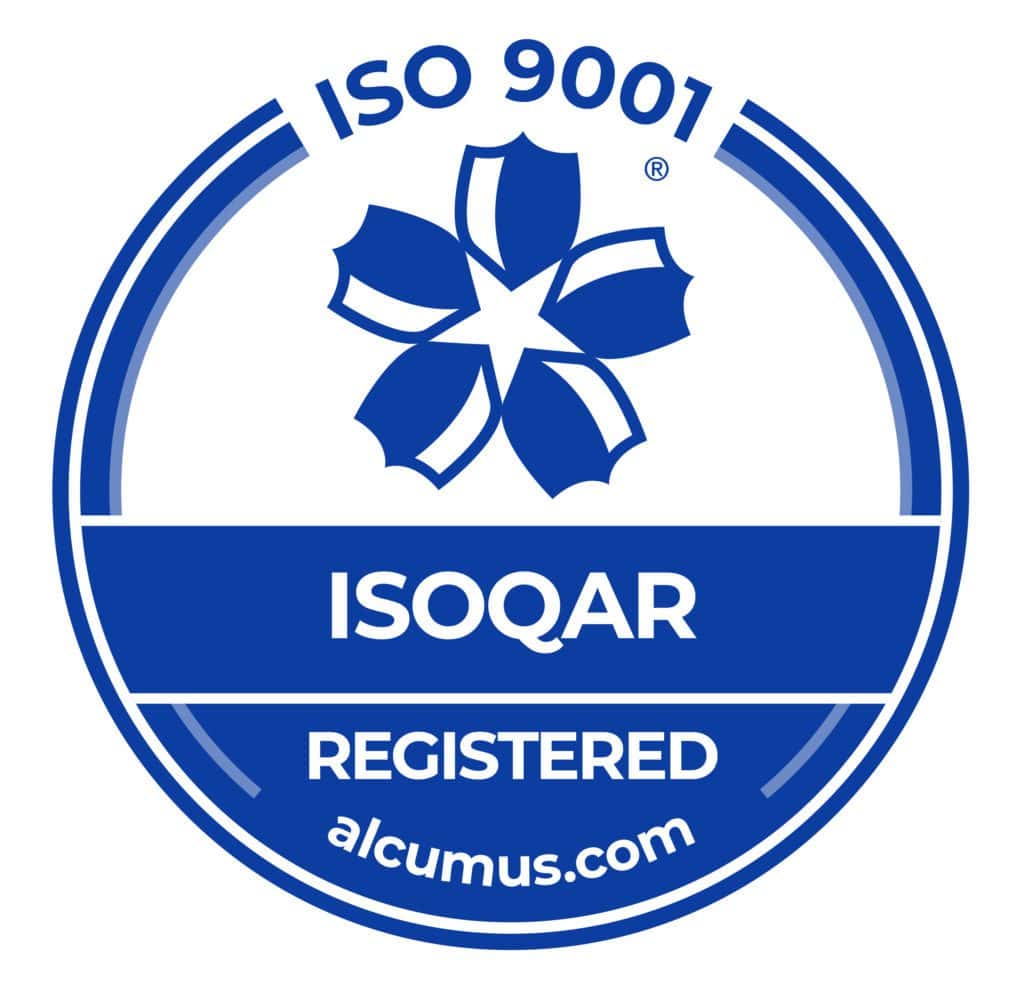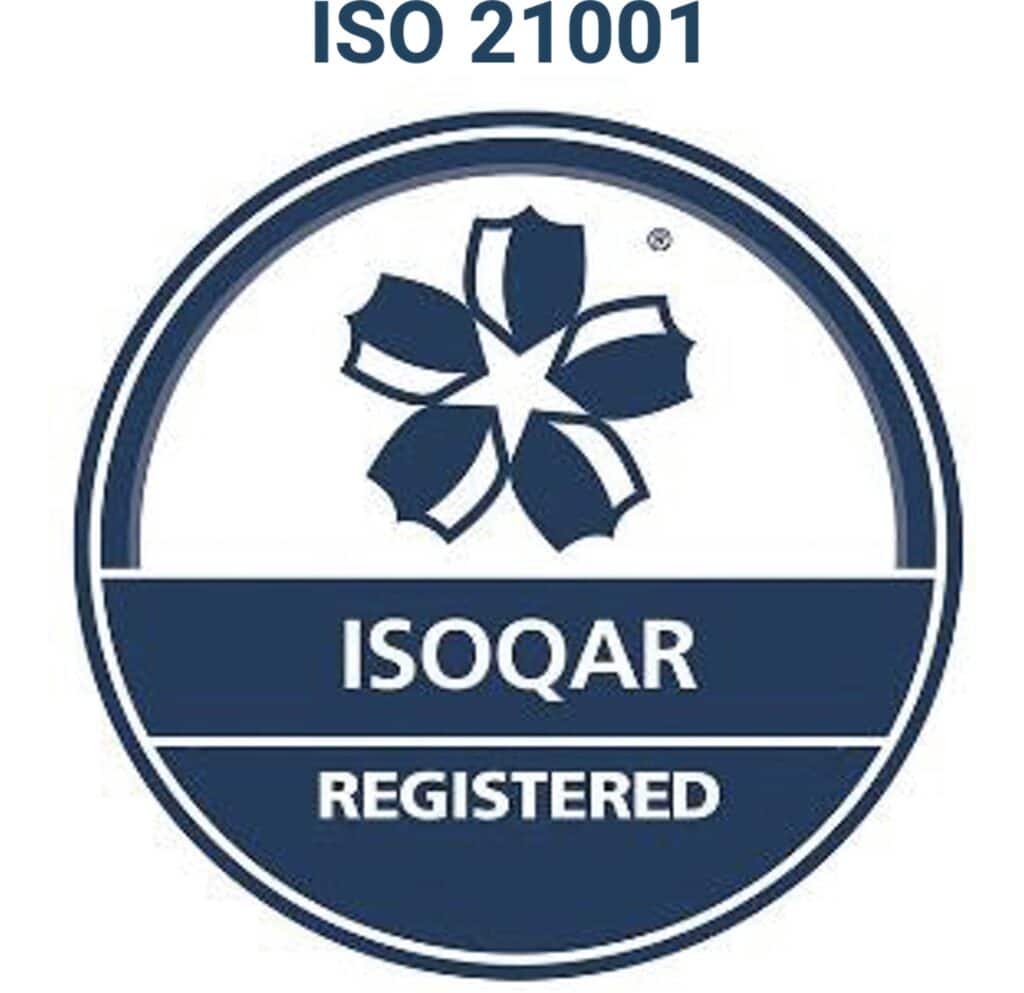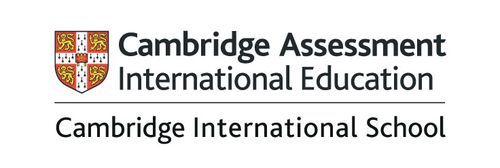As part of its efforts to engage children academically and prepare them for a successful future, One World International School (OWIS) incorporates Visible Thinking Routines (or VTRs) into its world renowned teaching and learning. Regarding classrooms as “ground zero” in the development of solid learning techniques, the VTR approach gives educators the tools that they need to lay the foundation for a “culture of thinking” that will follow students for the rest of their lives.
Visible Thinking guides students throughout processes and encourages them to actively analyse the information that they are taking in. It focuses on helping students to truth-seek, increase their understanding of topics and encourage fairness and imagination. It integrates the use of art and culture to progress children’s minds.

THE ESSENTIALS OF VISIBLE THINKING
Established at Harvard University, the fundamentals of VTR methodology were created to make the thinking process “visible.” In other words, the routines of visible thinking offer a framework to examine effective thinking that is simple enough for any student to comprehend and use.
With this framework in hand, students can easily reflect upon it, react to it, delve deeper into it, add thoughts to it, and/or collaborate with others to promote further learning on a variety of topics. It encourages them to really dig into topics, and it shows them that sometimes it is easy to go into a tangent whilst trying to find the facts. It also shows them that so much of the world is interconnected, and occasionally in order to clarify a fact about one topic, it requires having some initial knowledge about a different topic.
The VTR process works by introducing and emphasising a series of specific thinking patterns that promote the development of skills with the ultimate aim of creating a lasting culture of thinking among all students. These patterns (or routines) typically consist of just a few simple steps to ensure that they are readily accessible and easy to use. Examples of these routines include the “headline” thinking methodology, which encourages children to get to the heart of any issue by capturing its core ideas and distilling them down into a succinct statement (or headline).
Our VTR approach gives students vital tools that they can carry with them into adulthood. It makes them open-minded, curious and imaginative. It shows them it is understandable to show skepticism and give attention to evidence. Designed to inspire and propagate self-motivated learning for years to come, these tools ultimately aim to create a culture in which thinking is always required and continuous learning is essential. This develops our students into innovators and it shows them that the first answer they come to may not be the last.
A PERFECT FIT FOR THE INNOVATIVE OWIS TEACHING PHILOSOPHY
The VTR approach seems tailor-made for the inquiry-based, student-driven, and question-driven educational philosophy that OWIS has employed for years. After completing internal VTR training, OWIS teachers agree that it provides a natural and interconnected addition to the institution’s teaching and learning. It is another skill within their tool box to help children learn successfully. It gives teachers the chance to help children take leadership in how they learn and gives them the opportunity to provide any support needed.
OWIS loves the fact that VTR methodologies are highly goal-oriented and promote exceptional levels of student engagement. Open-ended and accessible at all levels of understanding, the VTR approach also allows each student to meet learning objectives in his or her own unique way. This is just one reason why OWIS is so special, as it enables students to have autonomy in their educational journey, whilst gaining skills that will stay with them for life.
To find out more about our teaching approach and philosophy, contact us today.
(This blog was originally written in collaboration with Ms Erin Smith, former Senior Coordinator – Primary School & PYP, OWIS Nanyang.)


